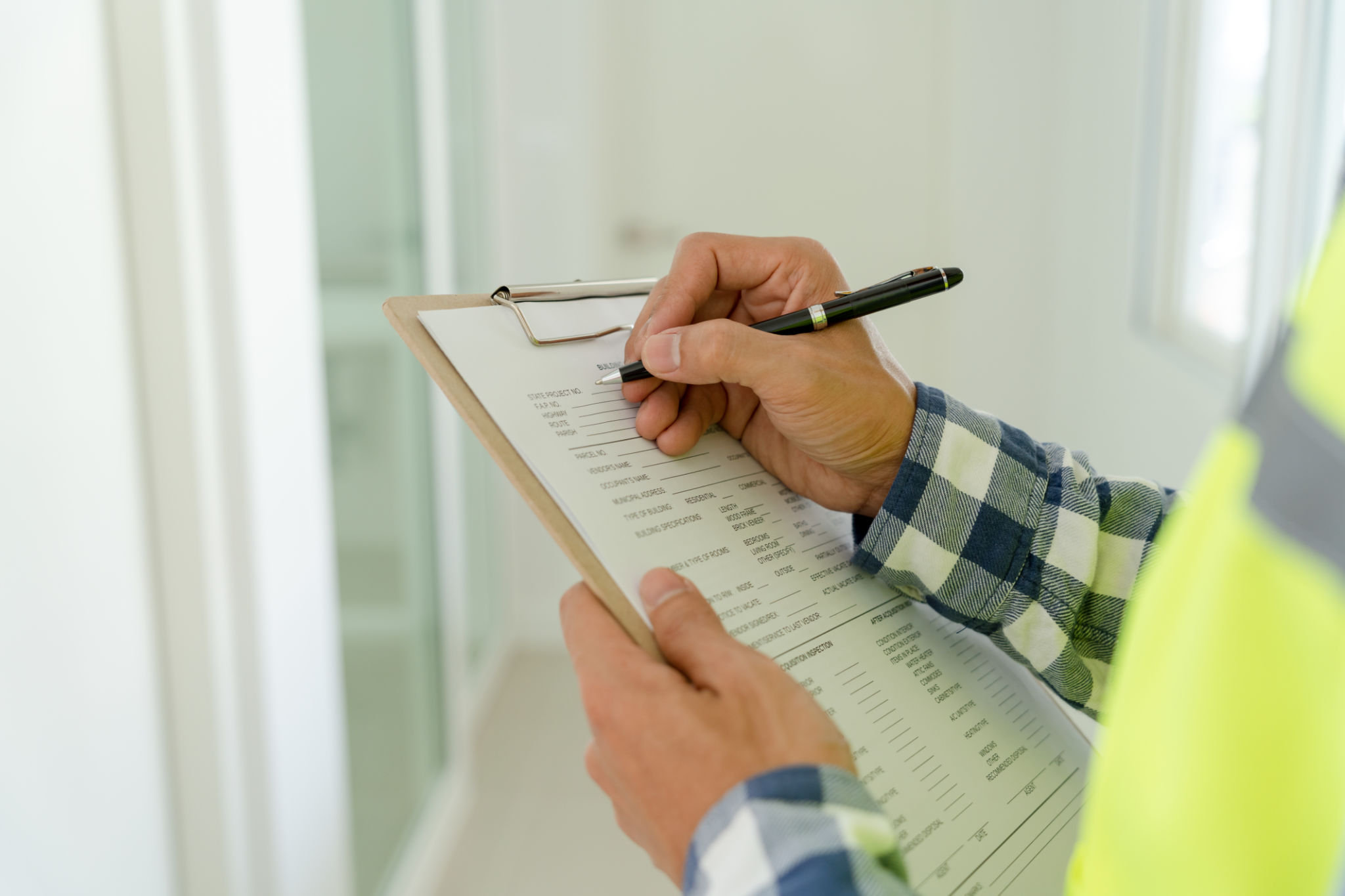DIY Energy Audit: Simple Steps to Assess Your Home's Energy Efficiency
Conducting a DIY energy audit is a fantastic way to understand and improve your home's energy efficiency. Not only can it help you save on utility bills, but it also contributes positively to the environment. With a few simple steps, you can assess how energy-efficient your home is and identify areas for improvement.
Understanding Your Energy Usage
The first step in a DIY energy audit is to understand your current energy usage. Examine your utility bills over the past year to identify trends and spikes in energy consumption. This will give you a baseline to compare against once you start implementing energy-saving measures.
Look for patterns, such as higher usage during specific months, which can indicate areas that need attention, such as heating or cooling. Understanding your energy consumption patterns will help guide your audit and future improvements.

Inspecting Insulation and Air Leaks
Insulation plays a critical role in maintaining your home's temperature. Check the insulation in your attic, walls, and floors to ensure it is adequate. Look for gaps or areas where insulation might be missing. Poor insulation can lead to substantial energy losses, particularly in older homes.
Finding Air Leaks
Air leaks are another common issue that can hamper energy efficiency. Check doors and windows for drafts, using a lighted candle or incense stick to detect airflow. Seal any gaps with weatherstripping or caulk to prevent unwanted air exchange.

Evaluating Heating and Cooling Systems
Your heating and cooling systems are significant contributors to your energy bills. Ensure these systems are well-maintained and efficient. Replace air filters regularly and consider upgrading to a programmable thermostat to optimize heating and cooling schedules based on your lifestyle.
If your systems are outdated, it might be worth considering an upgrade to newer, more energy-efficient models. This can lead to significant savings in the long run.
Lighting and Appliances
Another area to focus on is lighting and appliances. Switching to LED bulbs can reduce energy consumption significantly compared to traditional incandescent bulbs. Additionally, evaluate the efficiency of your appliances, particularly older models that may consume more electricity.
Unplugging Unused Devices
Unplug devices when not in use, as they can still draw power even when turned off—a phenomenon known as "phantom load." Using power strips can make it easier to disconnect multiple devices at once.

Utilizing Natural Resources
Maximize the use of natural light and ventilation to reduce reliance on artificial lighting and air conditioning. Open curtains during the day to let sunlight in and use fans for ventilation instead of air conditioning when possible.
Planting trees or installing awnings can provide natural shade, further reducing your need for artificial cooling solutions.
Documenting Your Findings
As you perform your DIY energy audit, document your findings and prioritize areas for improvement. This documentation will serve as a roadmap for implementing changes and tracking progress over time.
Consider creating a checklist of actions with estimated costs and potential savings to guide your efforts effectively.

By taking these simple steps, you can gain valuable insights into your home's energy efficiency and take proactive measures to enhance it. Not only will this save you money in the long run, but it also contributes to a more sustainable future.